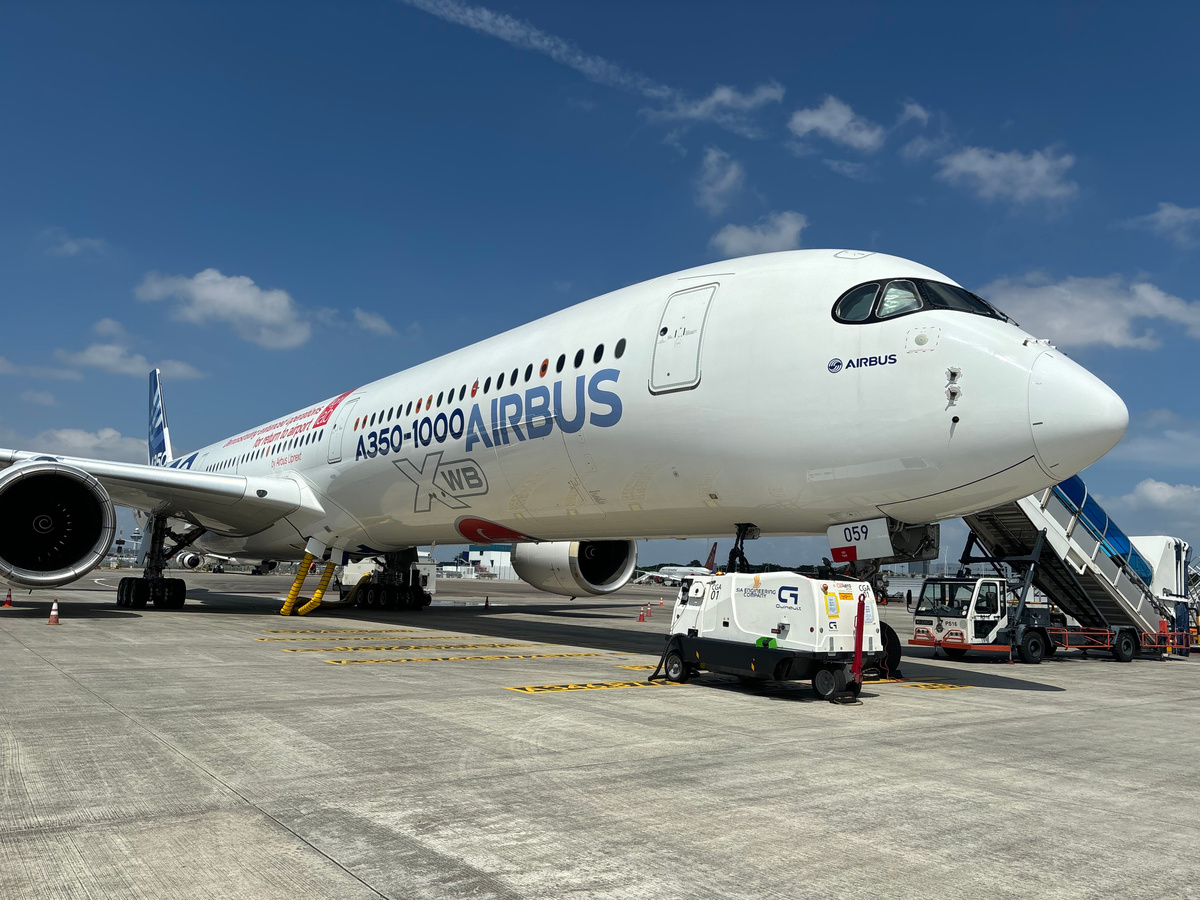Hi.
Been various news items in UK about alleged Russian interference with the GPS that Airliners use to navigate. This is allegedly happening over the Baltic states. UK has a large population of eastern Europeans, so a lot of UK budget airlines operate there.
How can an Airliner crew navigate without GPS?
Would a Pilot know if the GPS signal was being 'spoofed' into thinking the aircraft is in a different location than it actually is?
Thank you.
Been various news items in UK about alleged Russian interference with the GPS that Airliners use to navigate. This is allegedly happening over the Baltic states. UK has a large population of eastern Europeans, so a lot of UK budget airlines operate there.
How can an Airliner crew navigate without GPS?
Would a Pilot know if the GPS signal was being 'spoofed' into thinking the aircraft is in a different location than it actually is?
Thank you.




